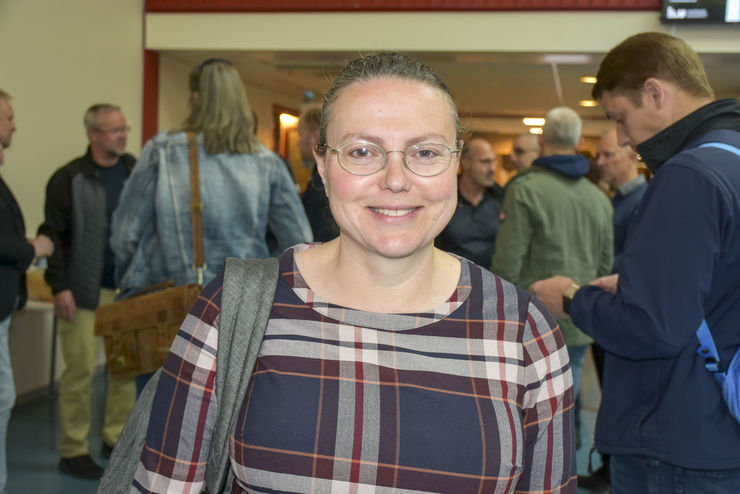 Penny Woolnough. Foto credit: Mikael SönneUnknown to the public
Penny Woolnough. Foto credit: Mikael SönneUnknown to the public
Outside the Police, the search for (and investigation of) missing persons is a quite unknown field of Police operations to the Public in Sweden. The Act of Accident Protection dictates that the Police is responsible for these operations, and it’s divided into Mountain Search and Rescue and Search for Missing Persons in other cases (EFP). However, also voluntary organizations play an important role in the operations.
The largest groups who go missing in Sweden are persons with dementia and suicidal persons. In both cases, it is important to find the person fast, in order to find the person alive. The need for EFP increases rapidly and the economic costs for operations are high. In addition to ensuring effectiveness and efficiency, it is critical to minimize the risk of harm to the the concerned persons and their relatives.
The new research network is a results of an extended pilot study on EFP which has been carried out by Dr Rebecca Stenberg, Center for Advanced Research in Emergency Response (CARER) at Linkoping University and Dr and Associate Professor Maria Wolmesjö of the Centre of Welfare Studies (CVS) in the Faculty of Caring Science, Work Life and Social Welfare at the University of Borås. The Project was carried out in close collaboration with the Police, both the National Coordinator of Police Education in EFP and representatives for the EFP councils in Region Stockholm and Region Östergötland.
Professionals and volunteers
During the project the researchers found that Swedish Police research in this field was minimal, while a more extensive research has been undertaken in UK and Scotland as well as in US, Canada and Australia. Dr Penny Woolnough at Abertay University in Scotland was invited to Sweden in May to share practice from the UK. At a subsequent meeting after this seminar it was decided to create a national research network for all actors in this field of operations both from research, education and operations.
The aim of the network is to increase understanding of, and efficiency in managing missing person cases. The network, which is open for professionals and volunteers with interest in this field will also act as a platform for developing international collaboration with researchers and research institutions, such as the Scottish Institute for Policing Research (SIPR) as well as foreign Police forces.
International contacts were further consolidated when Rebecca Stenberg and Maria Wolmesjö together with Susanne Welander of the Swedish Police participated in the 4th International Conference on Missing Children and Adults in Liverpool, UK in July.
The next network meeting will be in Södertörn University the 31 of March 2020. For further information of the network, please contact Rebecca Stenberg at Rebecca.Stenberg@liu.se or Maria Wolmesjö at maria.wolmesjo@hb.se
More
Read about the project on SIPR:s blog.

